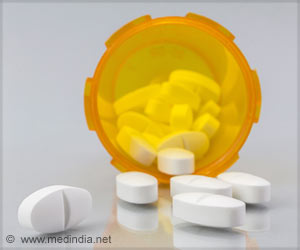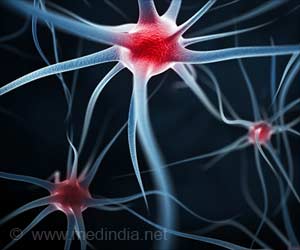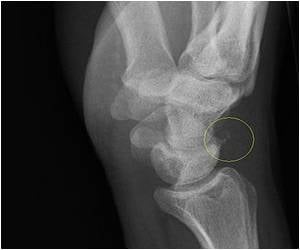Microscopic vesicles secreted by the injected cells, unexpectedly restore muscle function in a mouse model of muscular dystrophy.

‘Injecting cardiac progenitor cells into the diseased hearts of laboratory mice with muscular dystrophy, helped improve heart function.’





"We unexpectedly found that treating the heart made the whole body better," said Eduardo Marbán, MD, PhD, director of the Smidt Heart Institute and the investigator who developed the cardiosphere-derived cell technology used in the study. "These basic findings, which have already been translated to clinical trials, rationalize why treating the heart may also benefit skeletal muscle function in boys and young men with Duchenne." Duchenne muscular dystrophy, which affects 1 in 3,600 boys, is a neuromuscular disease caused by a shortage of a protein called dystrophin, leading to progressive muscle weakness. Most Duchenne patients lose their ability to walk by their early teens. Average life expectancy is about 25. The cause of death often is heart failure because the dystrophin deficiency not only affects the muscles which control movement, but also the heart, crippling its ability to pump blood effectively.
The new findings represent the preclinical basis for the Phase I/II HOPE-Duchenne clinical trial that was presented at the November 2017 American Heart Association Scientific Sessions. That study, the first to test cell therapy in Duchenne muscular dystrophy patients and sponsored by Capricor, Inc., showed improved arm strength after 13 patients received cell infusions (as compared to 12 patients randomly assigned to receive usual care only). Another, larger clinical trial, again sponsored by Capricor, is scheduled to begin later this year - with a key difference. The patients in the Phase II trial will receive multiple cell infusions via an intravenous drip during the course of a year, rather than a single dose injected directly into the heart during a Cath Lab procedure.
Investigators note two surprising results of the newest study, beyond the unexpected effects on skeletal muscle: first, the benefits of the cell therapy lasted long after the cells were naturally pumped out of the heart; and second, levels of the missing protein dystrophin were increased, although the effect was temporary and dystrophin levels remained lower than normal.
"We found that within a few weeks, the injected cells were undetectable," Marbán said, "but the benefits persisted for at least three months, which led us to discover that exosomes secreted by CDCs are responsible."
Advertisement
"We found that after receiving CDCs, the lab mice had elevated levels of dystrophin, which likely enabled easier movement and improved survival," said Ronald G. Victor, MD, associate director of the Smidt Heart Institute and a primary investigator on the study. "Even just adding a small amount of dystrophin would make a tremendous difference for these young patients."
Advertisement
Source-Eurekalert















